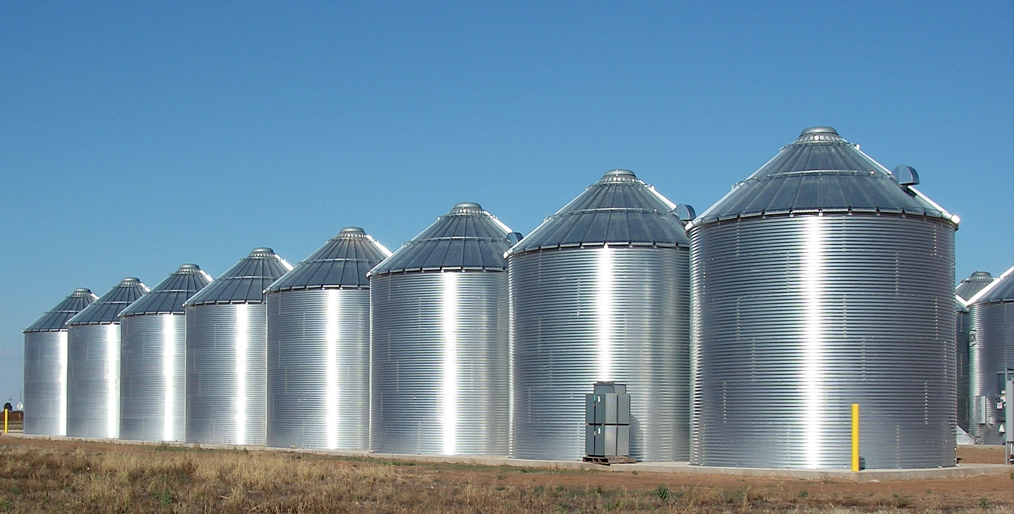
[caption id="attachment_5929" align="aligncenter" width="1014"] File Photo[/caption]
Once the Grain silo installation is complete and you are ready to fill the silo with grain for the first time, you always wonder how to go about it? What checks needs to be performed and what precautions needs to be taken as grain silo is your most expensive strategic long-term investment and you never want to go wrong at any step.
You are afraid of grain spoilage inside silo. You are majorly concerned about sanitation, checks and prophylactic treatment that must be conducted to ensure that grain quality is maintained without any deterioration.
Besides, Silos might have design errors, construction errors and also utilization errors that may lead to a Silo Collapse. Silo collapse are extremely dangerous and can result in human fatalities, severe injuries, loss of plant and machinery besides operational downtime.
Let us discuss everything step by step and understand all necessary precautions and checks that one must take to ensure that nothing will go wrong and quality of grain inside the silo remains intact without any further deterioration
File Photo[/caption]
Once the Grain silo installation is complete and you are ready to fill the silo with grain for the first time, you always wonder how to go about it? What checks needs to be performed and what precautions needs to be taken as grain silo is your most expensive strategic long-term investment and you never want to go wrong at any step.
You are afraid of grain spoilage inside silo. You are majorly concerned about sanitation, checks and prophylactic treatment that must be conducted to ensure that grain quality is maintained without any deterioration.
Besides, Silos might have design errors, construction errors and also utilization errors that may lead to a Silo Collapse. Silo collapse are extremely dangerous and can result in human fatalities, severe injuries, loss of plant and machinery besides operational downtime.
Let us discuss everything step by step and understand all necessary precautions and checks that one must take to ensure that nothing will go wrong and quality of grain inside the silo remains intact without any further deterioration
Comment Now